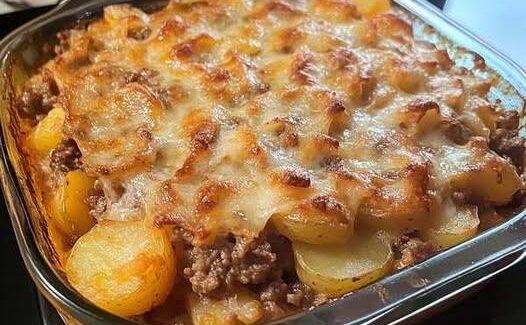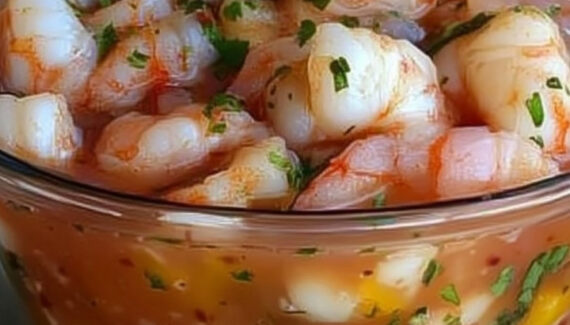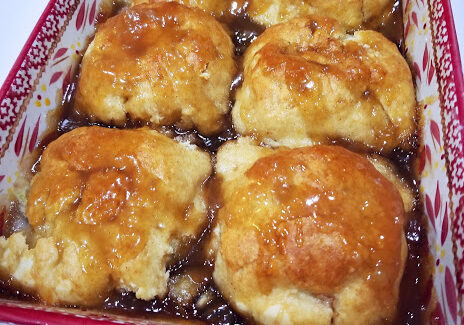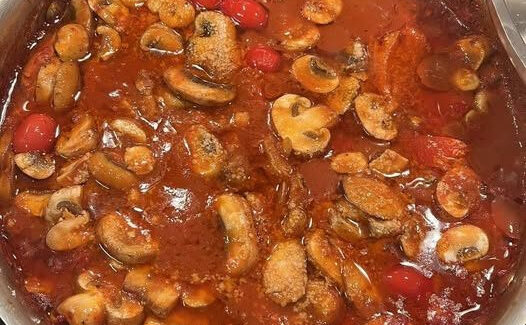
Step 3: Prepare the Colored Rainwater
In a separate small bowl or cup, mix a few drops of food coloring with a bit of water. You can prepare different colors if you want to make the rain cloud more vibrant and exciting.
Step 4: Let It Rain!
Using a dropper, pipette, or spoon, slowly drop the colored water onto the top of the shaving cream cloud. As the colored water accumulates, it will start to seep through the shaving cream and fall into the clear water below.
Watch closely — the moment the colored water breaks through the shaving cream is like watching raindrops fall from a cloud! The visual effect is mesmerizing and magical.
Scientific Explanation
This experiment is a simple model of how precipitation works:
- The shaving cream represents the cloud, and the food-colored water represents water droplets.
- As more colored water is added, the shaving cream becomes saturated — just like real clouds when water droplets condense.
- Once the cloud can’t hold any more water, the “rain” begins to fall.
- The colored water drips through the shaving cream into the jar, mimicking rainfall.
This visual representation helps children understand concepts like condensation, saturation, and precipitation.
Educational Benefits
- Hands-On Learning: Encourages scientific thinking through observation and prediction.
- Visual Representation: Makes abstract concepts like cloud formation and rain easy to understand.
- Creativity and Curiosity: Kids can experiment with different colors, drop amounts, and layering effects.
- Fun and Safe: Uses non-toxic, everyday materials suitable for home or classroom use.
Tips for Success
- Use a clear jar or cup so children can easily observe the action from all sides.
- Avoid overfilling the shaving cream — too much can prevent the rain from falling through.
- Try experimenting with different temperatures of water to discuss how temperature affects condensation.
- Use blue food coloring for a realistic rain effect, or try red, green, or purple to make it more magical.
Fun Variations
- Rainbow Rain: Use multiple colors of food coloring for a vibrant display.
- Cloudy Day Talk: Pair the experiment with a weather lesson or storytime about rain.
- Time Lapse: Record the experiment and play it back in slow motion to study the rain effect.
Conclusion
The Rain Cloud in a Jar experiment is more than just a science activity — it’s a captivating blend of education and art. Perfect for young learners, this simple setup provides an unforgettable demonstration of the natural processes that make rain. Whether at home or in the classroom, this experiment is a great way to turn a rainy day into a fun-filled science adventure!
Let me know if you’d like this article turned into a printable PDF or worksheet version for kids!








No Responses Yet